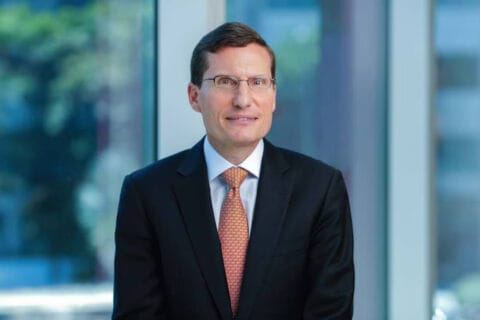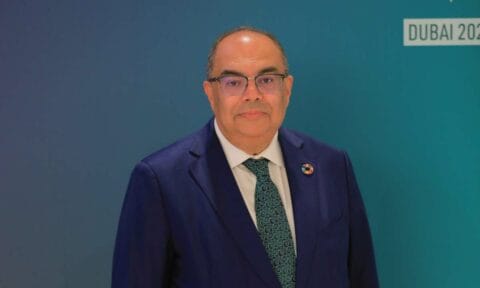South Korea’s economy grew 0.6 percent in the second quarter, buoyed by a recovery in private consumption and strong exports, as reported by central bank data. The country’s real gross domestic product (GDP)—a crucial indicator of economic growth—rose 0.6 percent during the April–June period compared to the previous quarter, recovering from an unexpected 0.2 percent contraction in the first quarter, according to preliminary data cited by Yonhap News Agency from the Bank of Korea (BOK). This figure surpassed market expectations, which anticipated a 0.5 percent gain.
On a year-on-year basis, the economy expanded 0.5 percent in the second quarter, contrasting with zero growth in the first three months of this year. This rebound occurs as President Lee Jae Myung, who assumed office in June following a snap presidential election, has prioritized economic recovery. He introduced a supplementary budget, which includes a consumer voucher program aimed at addressing trade challenges and sluggish consumption. South Korea held a snap presidential election on June 3, after the constitutional court upheld former President Yoon Suk Yeol’s impeachment over his failed martial law order, bringing an end to six months of political instability.
Read more: South Korea’s GDP per capita outpaces Japan and Taiwan in 2024, surpasses $36,000
Private consumption sees 0.5 percent growth
In the second quarter, private consumption rose 0.5 percent over the quarter, thanks to improving consumer sentiment and a rally in the stock market, while construction and facility investments each fell by 1.5 percent, according to the Bank of Korea. Exports increased by 4.2 percent from three months earlier in the second quarter, driven by strong global demand for semiconductors and petrochemical products. Private spending also rose by 0.5 percent in the second quarter, with expenditures on automobiles and cultural activities increasing, among other factors. Government spending grew by 1.2 percent. However, facility investment dipped by 1.5 percent, and construction investment also decreased by 1.5 percent. The BOK reported that net exports and domestic demand each contributed 0.3 percentage points to the economic growth in the second quarter. The Bank of Korea earlier projected the Korean economy to grow by 0.8 percent this year, following a 2 percent expansion in 2024.
U.S. President Donald Trump’s 25 percent “reciprocal” tariffs on the trade-reliant economy, introduced in early April, are currently paused until August 1 for trade negotiations, while U.S.-bound shipments in industries such as autos and steel have been affected by high product-specific tariffs.




